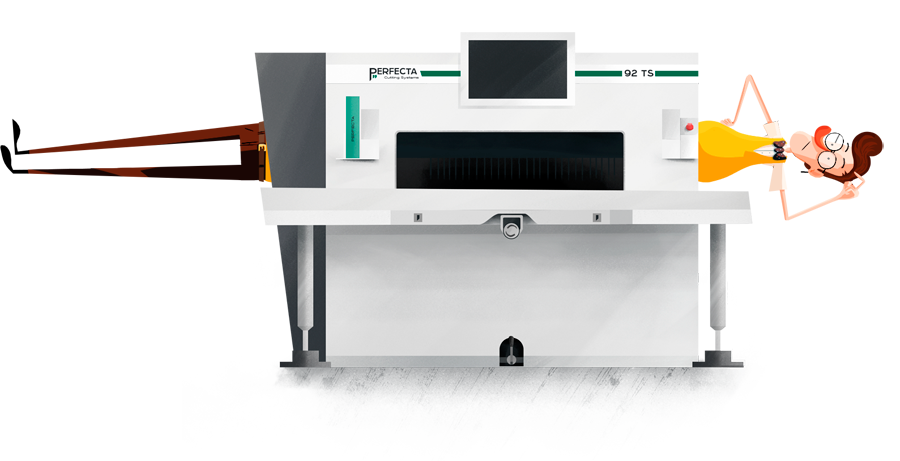Print Finishing
Finishing is the name given to everything that happens to your printed material after it leaves the printing press. PrintTogether main offers only involve basic finishing such as trimming, folding and stitching (and stapling for bigger newsletters and booklets). However, there is a wide range of finishing options available if you would like to go a little bit further. As with any process, using additional types of finishing costs more and can have an environmental disadvantage.
Finishing such as folding, collating, guillotining are generally not seen as having an impact on the environment as long as the energy used to power machines comes from a renewable resource.
Other finishes have more of an impact. For example:
Saddle stitchingSaddle stitching is the use of metal staples to hold pages together for items such as small newsletters and booklets. Staples are removed during the recycling process, but they are not recycled themselves.
Die cuttingDie cutting is the process used to cut a specific shape into, or out of, your printed material. For example, you may want the edges to be rounded or an unique shape, or you may want a section cut out to see through to a page below etc. Die cutting is a great way to add an extra element to your design without using any harmful processes or materials. The process uses a die, made from either zinc, brass or copper, which can be reused.
BindingFor bigger publications, such as large booklets and books, pages are bound to the spine with glue. Some glues contain petroleum which is hard to remove during recycling As an alternative, water based glues are available which are easier to recycle.
Finishing FAQs
What does collate mean in printing?
The meaning of the
word collate is to collect, arrange and assemble in a specific order of
sequence. In printing terminology, it is to assemble multiple sheets or parts together to create a set. Collating is most commonly used in the preparation of booklets, catalogs, manuals & collated color copies.
